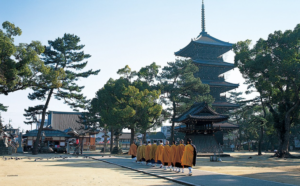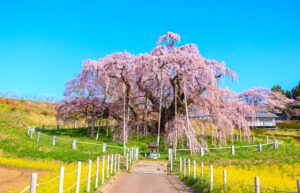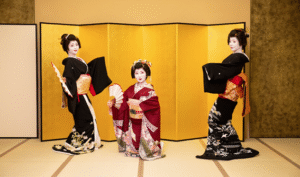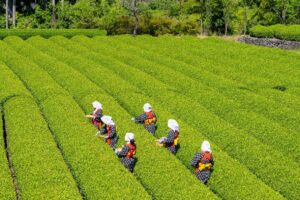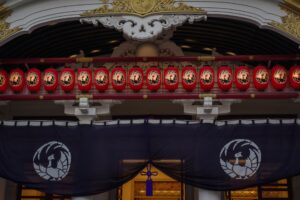あけましておめでとうございます: Happy New Year!
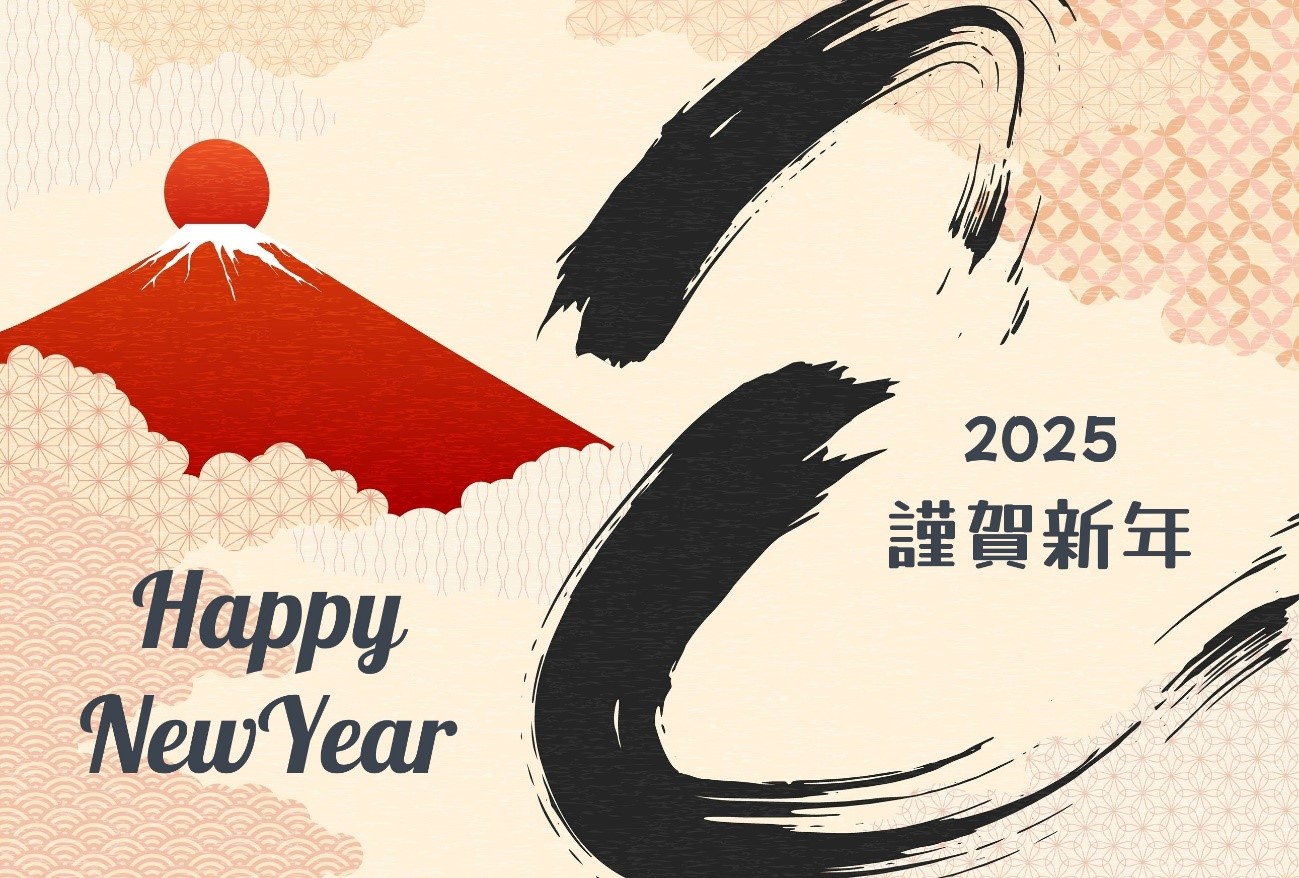
In Japan, the New Year is a time of joy, renewal, and heartfelt wishes for the months ahead. The phrase “あけましておめでとうございます” (Akemashite omedetou gozaimasu) is used to greet friends, family, and colleagues, meaning “Happy New Year” in Japanese. Beyond this warm greeting, Japanese culture embraces a variety of unique traditions during the New Year season, including special foods that carry deep symbolic meanings. These dishes are not only delicious but also reflect Japan’s connection between culinary arts and heartfelt wishes for health, happiness, and prosperity.
Let’s dive into Japan’s New Year culinary traditions, from the dishes enjoyed on New Year’s Eve to those served in the days following.
1. Toshikoshi Soba: Crossing Into the New Year
As the year draws to a close, families across Japan gather on the evening of December 31 to enjoy Toshikoshi Soba (年越しそば), or “year-crossing noodles.” These simple buckwheat noodles are more than a meal; they are a symbol of longevity and resilience. The noodles’ long, thin shape represents a wish for a long life, while their soft texture makes them easy to cut, symbolizing the cutting away of misfortunes and struggles from the past year.
Toshikoshi Soba is often served in a warm broth and paired with toppings like green onions, tempura, or even sweetened herring. The humble dish is a comforting way to reflect on the past year and prepare for a fresh start.
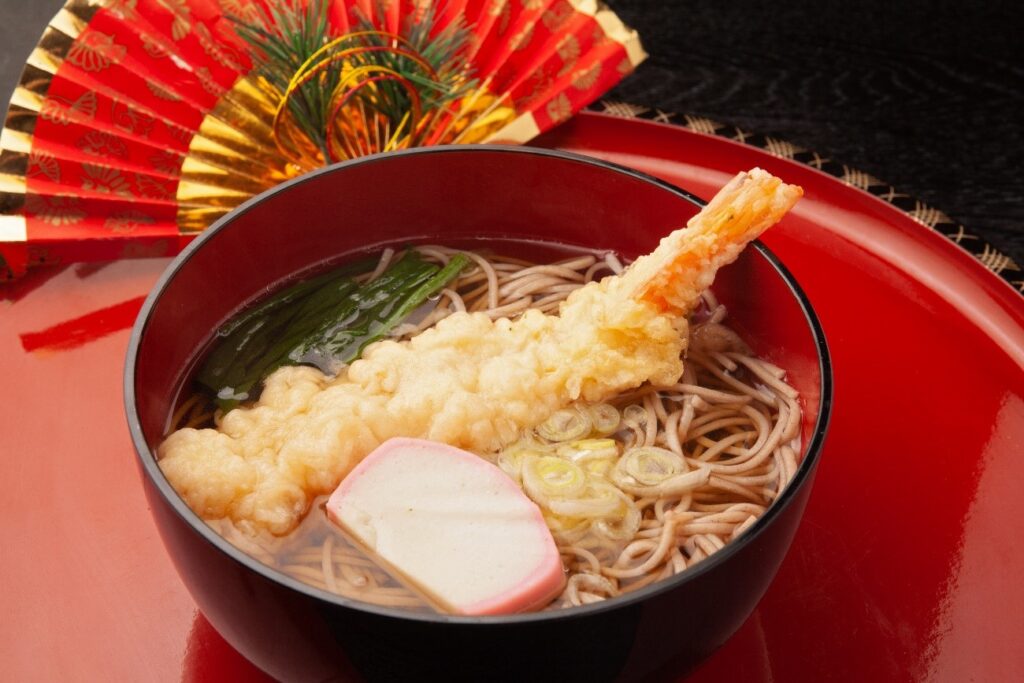
2. Osechi Ryori: A Feast of Fortune
New Year’s Day is marked by the serving of Osechi Ryori (おせち料理), a beautifully arranged feast presented in elegant lacquered boxes called jubako. Each dish in Osechi is carefully chosen for its symbolic meaning, and the tradition dates back to the Heian period (794–1185). Families enjoy these dishes together as they celebrate the arrival of the New Year.
Some of the key components of Osechi include:
- Kuromame (Black Soybeans): Representing health and diligence.
- Kazunoko (Herring Roe): A symbol of prosperity and abundant descendants.
- Kohaku Kamaboko (Red and White Fish Cakes): Representing happiness and celebration.
- Tazukuri (Candied Sardines): Wishing for a rich harvest.
- Datemaki (Sweet Rolled Omelet): Symbolizing academic and professional success.
The preparation of Osechi is typically completed before New Year’s Day, allowing families to rest and focus on spending time together during the holiday. The lacquered boxes, often stacked to symbolize layers of happiness, make Osechi as much of a feast for the eyes as it is for the stomach.
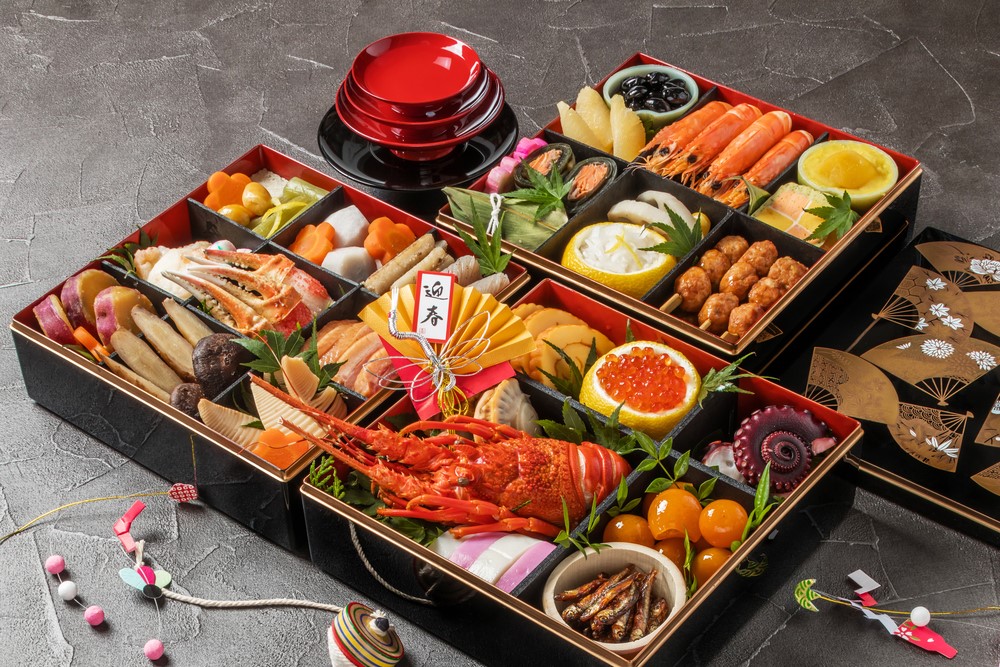
3. Ozoni: A Bowl of Warmth and Family Bonds
A cornerstone of New Year’s morning is Ozoni (お雑煮), a savory soup featuring mochi (rice cakes). This dish is steeped in regional and family traditions, with the ingredients and flavors varying across Japan.
In Eastern Japan, the soup often features a clear soy-based broth, while in Western Japan, it may be made with white miso. Common ingredients include vegetables like carrots and daikon, chicken, seafood, or leafy greens. The mochi itself holds deep symbolic meaning, representing strength, unity, and the importance of family ties.
Sharing Ozoni is a way for families to come together and enjoy a comforting meal that warms both the body and spirit.
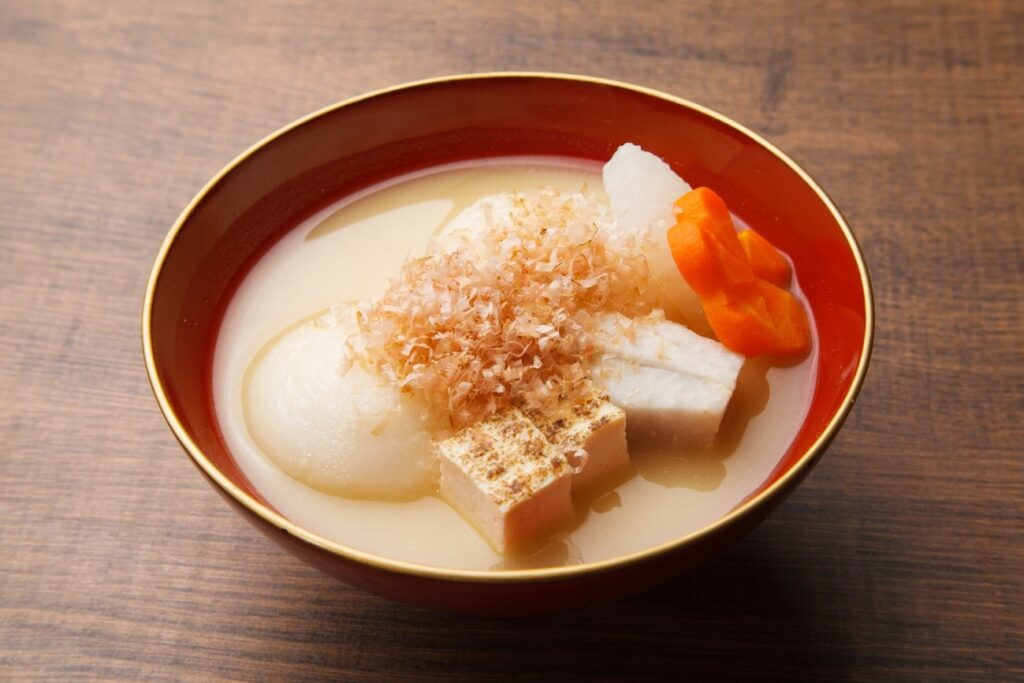
4. Nanakusa Gayu: Restoring Health and Harmony
As the New Year celebrations come to an end, January 7 brings the tradition of Nanakusa Gayu (七草がゆ), or “seven-herb rice porridge.” This simple dish, made with rice and seven fresh herbs, serves as a reset for the body after days of indulgence.
The herbs—such as water dropwort, shepherd’s purse, and chickweed—are said to promote health and balance. Eating Nanakusa Gayu is not just a way to nourish the body but also a prayer for good health and longevity in the coming year. It provides a gentle conclusion to the festivities and marks a return to everyday life.
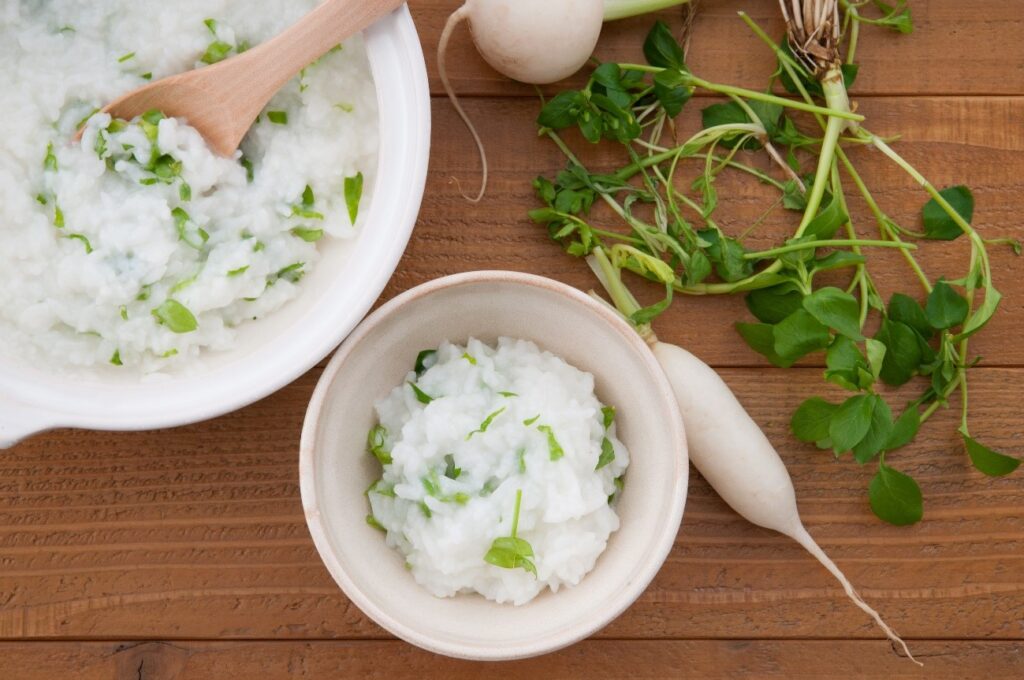
Embracing the Spirit of the Season
Japan’s New Year foods offer more than sustenance—they reflect the country’s deep connection to its cultural heritage. From the long noodles of Toshikoshi Soba that carry wishes for resilience to the vibrant layers of Osechi Ryori celebrating prosperity and joy, each dish tells a story of hope and gratitude.
Whether you’re enjoying Ozoni with loved ones or cleansing your palate with Nanakusa Gayu, these culinary traditions are a meaningful way to welcome the New Year. If you ever find yourself in Japan during this special season, don’t miss the chance to experience these customs firsthand.



